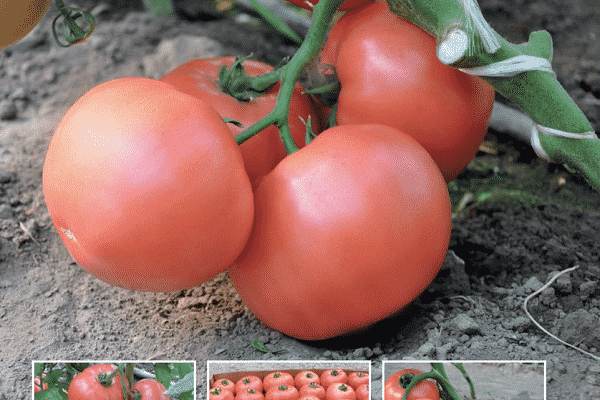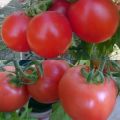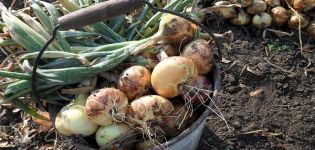Description of the Esmira tomato variety, its characteristics and productivity
Tomato "Esmira F1" is a large-fruited early hybrid of pink tomatoes that has earned excellent reviews from domestic vegetable growers. Bred by Dutch breeders for outdoor and greenhouse cultivation.
Descriptive characteristics of the variety
Description of the Esmira F1 hybrid: indeterminate, early tomato... The growing season lasts 90-100 days. The plant is tall, but not spreading. The bush grows compactly. The height of the bushes reaches 1.8 meters. Plants form 10-11 clusters, each of which develops 4-6 large fruits.
Characteristics of "Esmira F1" fruits: fruits are large, pale pink, even. The shape of the tomatoes is round, slightly flattened from the sides. The fruits are delicious. They are practically not susceptible to cracking on the ground and during transportation, however, with prolonged increases in humidity, they can burst and rot.
Reviews of gardeners say that this variety is very resistant to dry periods and is not afraid of sunburn. Since the dense skin and foliage protect tomatoes well.

Variety yield
Tomatoes "Esmira F1" give the harvest quite amicably. Fruit weight 190-210 grams, the first tomato 300 grams. The yield is 10-12 kg per bush per season.

Agricultural technology varieties
Tomatoes of this variety can be grown both outdoors and in a greenhouse. A prerequisite for obtaining a good harvest is proper agricultural technology.

- To obtain an early harvest of Esmira F1 tomatoes, sowing seeds for seedlings is carried out at the end of February. The seeds of the hybrid have already been treated with antifungal drugs, so they do not need to be kept in potassium permanganate for pickling. You can soak the seed in a solution of potassium permanganate or in aloe juice for 10-12 hours.
- The correct selection of soil for seedlings is a guarantee of friendly healthy seedlings and good development of seedlings. It is better to use ready-made soil mixes from the store, but you can also prepare the soil yourself. To do this, on a bucket of sifted humus, you need to take 2 kg of peat and sand and one kilogram of ash flour. Mix everything thoroughly. It is imperative to warm up the soil in the room where the seeds will be sown for about 3-5 days.
- Seedling seedlings will appear 3-4 days after sowing, they must be carefully watered with warm water with potassium permanganate (weak solution). Better to water with a flower spray bottle. Watering is carried out as the topsoil dries up.
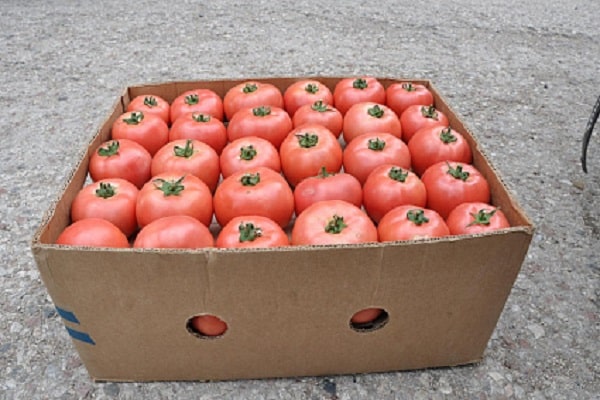
- Compliance with the irrigation and lighting regime is also important, as well as maintaining optimal humidity (air humidity in the room is not higher than 65%, temperature is 22 degrees, and light is 18 hours a day).
- While the real leaves appear, the seedlings can be sprinkled with soil mixture.
- Seedlings should be dived after the appearance of 2-4 true leaves at a distance of 10x10 for better development of the stem and root system of the seedlings.
- The picking grows for about a month to 25-30 centimeters, it is this seedling height that is optimal for planting on the beds.
- A week before planting the seedlings, it is treated with a solution of Bordeaux liquid.
- After planting on the beds, the plants should be regularly watered, ventilated (in the greenhouse) and fertilized with nitrogen and potash fertilizers according to the scheme. The first fertilizing is nitrogen, then potash. Fertilizers should be carried out in conjunction with watering and at first it is better with liquid fertilizing.
- It should be remembered that tomatoes do not need to be sprayed during ovary and fruit ripening.
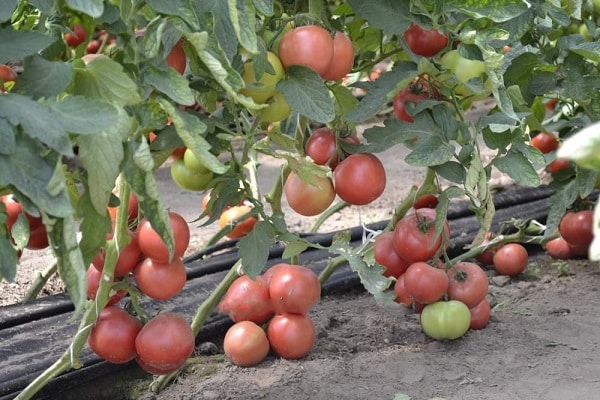
Disease resistance
Tomato "Esmira F1" is characterized by high resistance to diseases of late blight, gray rot and verticillary wilting of tomatoes.
